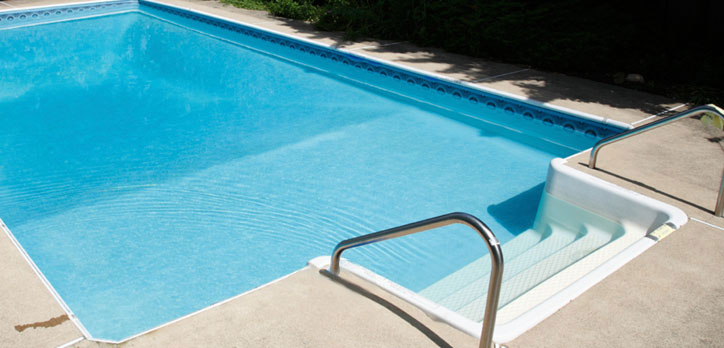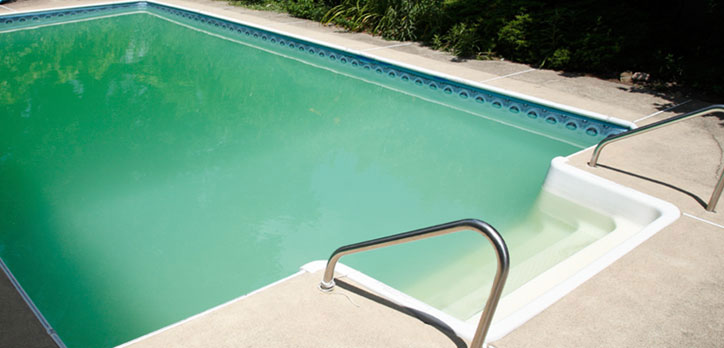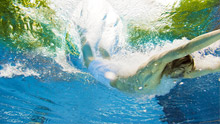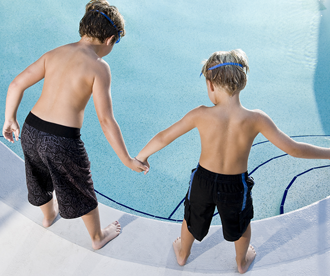Solutions to pool water problems
Below, the most common problems are presented, as well as the reasons and solutions for how you can restore clean and clear water in your pool.
| PROBLEM | REASON | SOLUTION |
| The water is green and unclear. The pool's floor and sides are slimy. | Algae growth. The water contains phosphate, which nourishes impurities. |
Adjust the pH count. Run the system until the water is clear. |
| Chlorine smell and irritation of swimmers' eyes. |
Chlorine dosage is too low and often the pH count is too high. | Adjust the pH count. Shock treatment. Add fresh water and run the system continuously. |
| The water is opaque, milky and unclear. | Hard water. Chalk particles suspended in the water. |
Adjust the pH count. Shock treatment. Use Active Pool Flocking Liquid. Run the system. |
| The water is green, but clear. Brown particles will often be seen when there is copper or iron in the water. |
Traces of iron in the water (yellow-green colour). | Adjust the pH count. Shock treatment. Use Active Pool Flocking Liquid and add fresh water. Run the system continuously. |
| Traces of copper in the water (turquoise colour). |
||
| The water is brown and unclear. | There is iron in the water. | Adjust the pH count. Shock treatment. Use Active Pool Flocking Liquid and add fresh water. Run the system continuously. |
| The water is black and unclear. | There is manganese in the water. | |
| The pool's sides have a rough coating. | Chalk deposits from hard water. | Remove the deposits. Empty the pool of water and clean it. Keep the pH count at 7.0-7.4. |
| Corrosion. | pH count too low or chlorine content too high. | Adjust the pH count. Add fresh water. Do not use hydrochloric acid to reduce the pH count. |
| The water is green, unclear and does not react to the addition of chlorine. | Over-stabilisation (chlorine lock). |
Measure the stabiliser content. of the water. Ideal level is 30-50 mg/l. Level between 100-150 mg/l: Replace minimum half of the water. Level more than 150 mg/l: Replace 3/4 of the water. |






